
Hip Pain Relief is Closer Than You Think
The Hip Services Orthopaedic Associates of Maine Provides

Imaging

Non-surgical Treatments
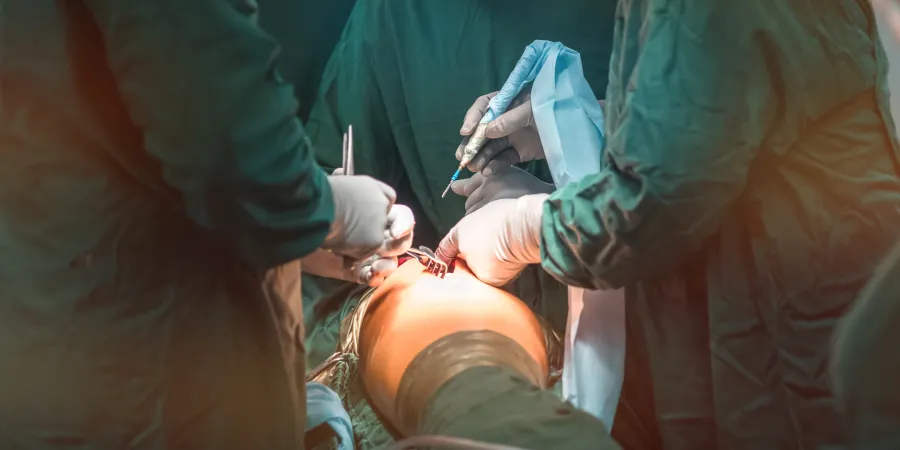
Arthroscopic Surgery
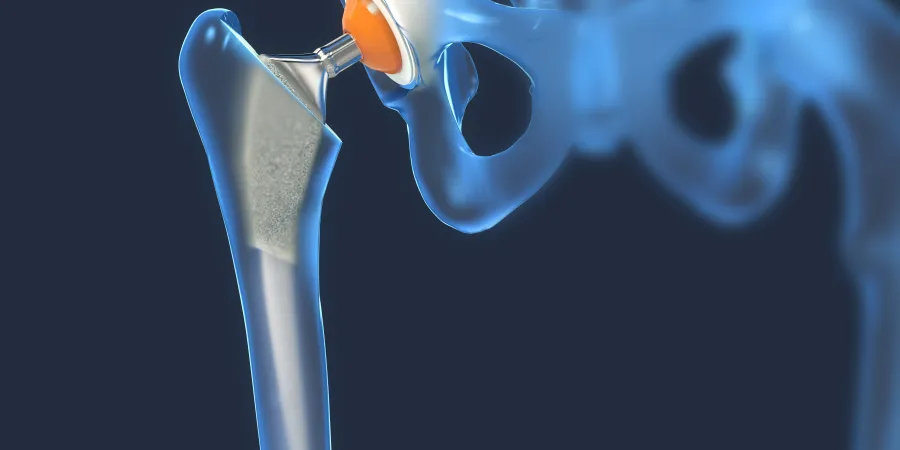
Custom Splints
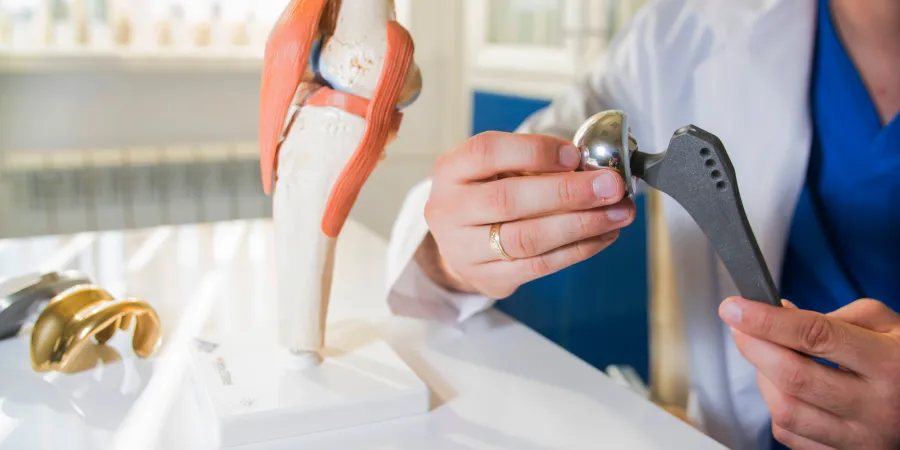
Joint Replacement
Suffering With Hip Pain?
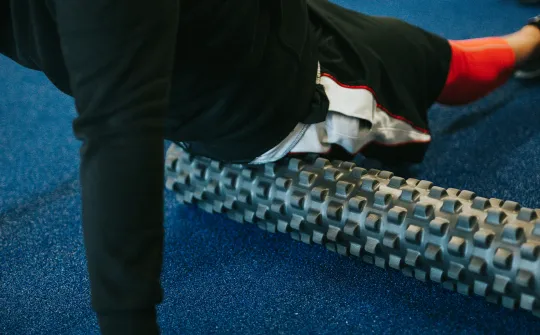
The hip conditions we treat
- Arthritis
- Bone and joint injuries
- Bursitis
- Dislocations
- Fractures
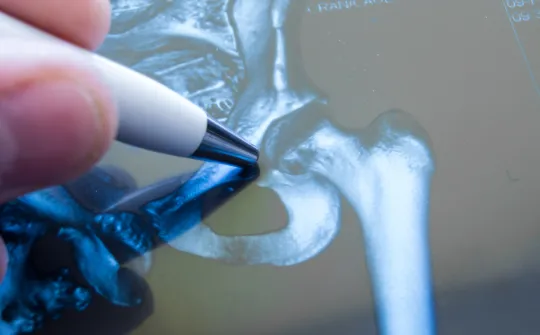
Types of Hip Joint Replacement
Our orthopedic surgeons perform a wide variety of today's most advanced joint replacement procedures, including:
Minimally invasive hip replacement
Direct anterior hip replacement
When do you need a hip joint replacement?
Before we recommend hip joint replacement surgery, we typically suggest non-surgical measures to alleviate your pain and stiffness, and preserve your natural joint. These conservative treatments may include:
- Over-the-counter non-steroidal anti-inflammatory medications (NSAIDS) such as ibuprofen, naproxen and acetaminophen
- Avoiding or modifying activities that cause pain
- Physical therapy and low-impact exercise
- Weight loss to take pressure off damaged joints
- Bracing to provide support
- Corticosteroid injections
If these conservative measures don't provide sufficient relief, joint replacement may be the best solution for eliminating your pain and restoring mobility. But this decision is made only after a thorough health evaluation and discussion between you and our orthopedic specialists.
Know what to expect from hip joint replacement surgery
Studies show that informed patients have better outcomes. There are a number of ways to being informed about your hip joint replacement procedure. Our hospital partners offer free joint classes and connect you with a nurse navigator to make sure you have all the information you need for your hospital procedure. If you are scheduled to have your joint replacement as an overnight patient in the hospital you will be provided the pre-surgical class schedule.
An innovative approach to pain management
Research shows that this approach improves pain relief while reducing opioid requirements and their related adverse effects—including the risk of addiction. Importantly, it enables our patients to be up and moving—without significant pain—within hours of surgery, putting them on a fast path to recovery.
Physical rehabilitation: The key to your recovery
You'll begin your physical rehabilitation before your planned procedure and then within hours of waking up from surgery, starting with gentle exercises to help you bear weight and move your new joint. Your Orthopaedic Associates of Maine team will refer you to meet with your therapist before surgery and then you will schedule appointments to be ready for rehabilitation right after discharge.






